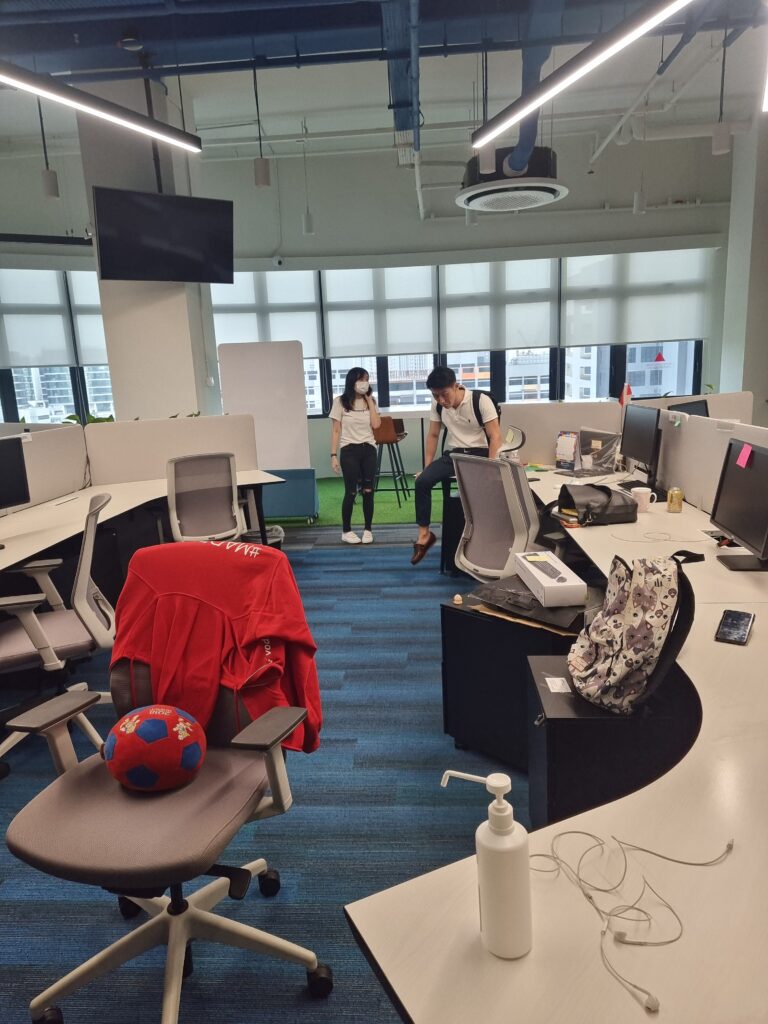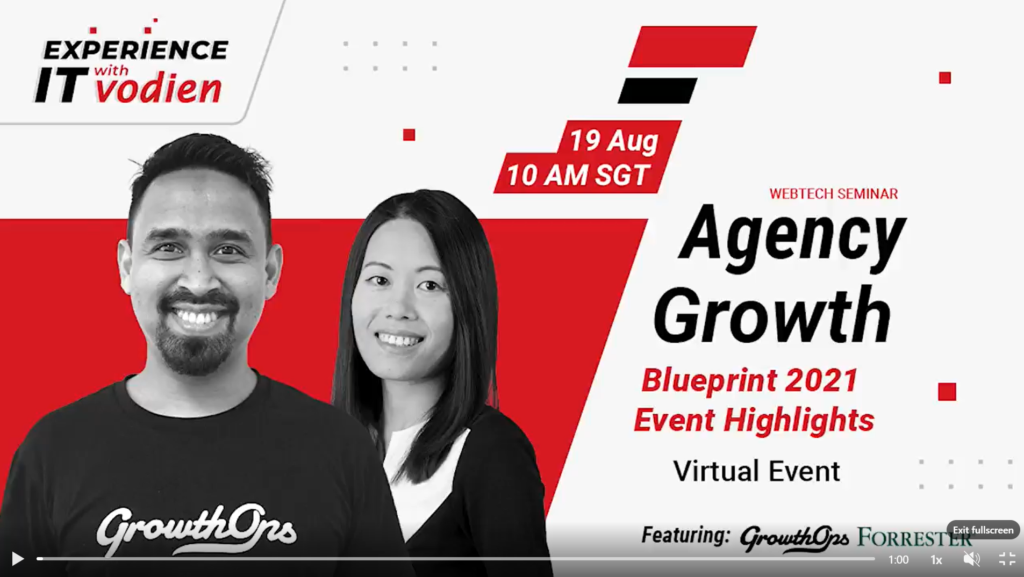The B2B Agency Partner Campaign in Singapore
In the third quarter of 2021, the world was gradually reopening after the COVID-19 lockdowns, but for those of us in the web hosting and tech sectors, the outlook was grim.
Challenge
Businesses were transitioning back to in-person operations, leading to a sharp decline in demand for online services. Revenue was on a downward trend, further complicated by internal misalignments from recent mergers and acquisitions. As one of the key strategic marketing heads alongside the CMO, I faced the crucial task of maintaining and growing our revenue amidst these challenges.
My Role
As the Head of Engagement & Loyalty (Marketing), I was responsible for existing revenue streams, focusing on renewals, upsells, and cross-sells in Asia and Oceania, covering over 80% of our revenue share. In this campaign, I also took on the role of supervising manager, mentoring two junior marketing specialists—one from my team and one from the demand generation team. I introduced a customer spending segmentation report and a unique campaign methodology to identify opportunities among high and mid-range spenders, aiming to transform our customers’ experiences.

My Action
To tackle the challenge head-on, I guided and empowered the two junior marketing specialists to lead a bootstrapped campaign targeting high-spenders from a specific segment. Here’s how we made it happen:
Customer Segmentation Analysis: A year prior, I conducted a thorough customer segmentation analysis across all our brands, analysing data via Sisense and cross-referencing observations to our in-house CRM. This revealed insights into customer spending behaviours and product preferences, helping us refine our strategic focus on mid to high-spenders. Sharing these findings with colleagues and senior executives generated excitement and identified a high-impact lever for growth.
Campaign Development: Inspired by these insights, my mentees embarked on a targeted campaign aimed at mid and high-spending web agency owners. They decided to host an intimate seminar session within our office, inviting key CEOs and tech heads of existing organisations, and broadcasting it amid capacity restrictions. Leveraging keynote speakers from our partners and the expertise of a top-notch video producer on my team, we managed to bring production costs down.
Collaboration and Execution: I delegated the campaign leadership to my junior leads, giving them the autonomy to refine their ideas and execute the campaign. They coordinated with corporate sales staff to handle interested clients and regular sales staff for those who might not be high spenders yet. I provided frameworks, encouraged creative exploration, and connected them with different department representatives and connected them with some external speakers. I also provided full guidance and my perspective extensively whenever they asked. This empowerment allowed them to execute quickly and bypass regular red tape and resource constraints.
Results
The outcome exceeded our expectations. The campaign led to an impressive 8.1% increase in new bookings and boosted the average order value. The live broadcast event, featuring strong keynote speakers and addressing growth challenges, was a first in the organisation’s history. Despite pandemic-related constraints, we achieved notable success. This mode of mentorship for junior leads was adopted in the regional marketing department as a consequence, which allowed us to quickly train aspiring junior marketers into full-fledged campaign leads.
Reflections
This experience highlighted the power of empowering teams with knowledge, insights, and autonomy. By providing guidance and taking responsibility for potential setbacks, while ensuring credit was given to my mentees, we achieved outstanding results. The collaboration across departments and the ability to adapt quickly were key factors in our success, demonstrating the importance of strategic planning, effective team building, and leadership accountability in overcoming significant challenges.


